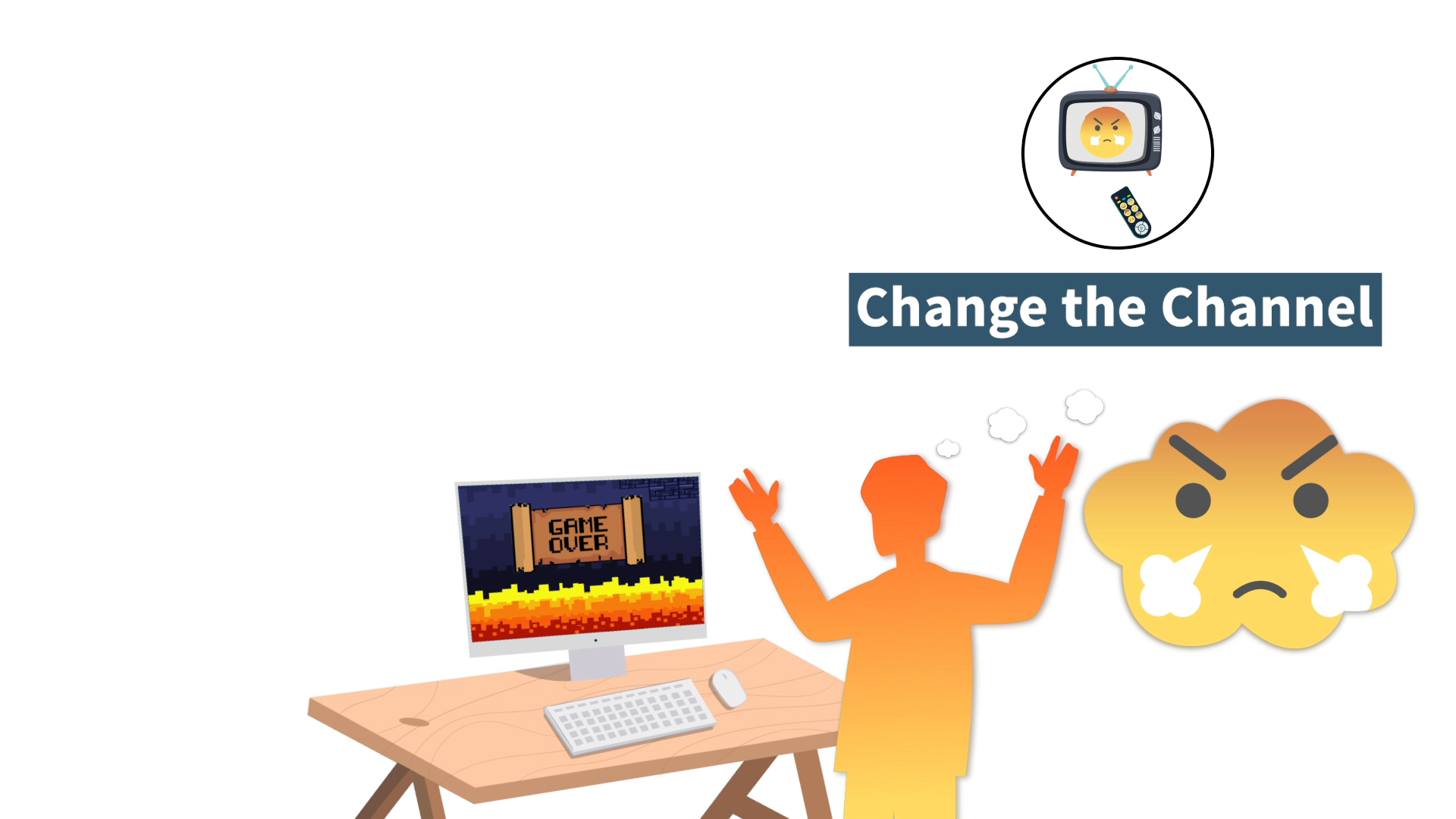
Introduction
Emotions and feelings are an inherent part of our daily experiences, and they can be both positive and negative. Sometimes, we encounter big, negative emotions like anger, frustration, or sadness, which can dominate our thoughts and impact our decision-making. It is crucial for students to learn how to control their emotions and prevent them from taking over. In this blog post, we will discuss the concept of “changing the channel” on big emotions and provide an easy-to-implement activity for educators to help students develop this essential skill.
No-Prep Activity: Emotion Channel Changers
This simple activity requires no preparation or materials from the educator, making it a perfect addition to any classroom. Here’s how to conduct the “Emotion Channel Changers” activity:
- Ask students to sit comfortably and close their eyes.
- Guide students to think about a recent situation where they experienced a big, negative emotion (e.g., anger, frustration, or sadness).
- Encourage students to identify the emotion they felt and how it affected their body (e.g., clenched fists, tight chest, or rapid breathing).
- Next, ask students to imagine they have a remote control in their hand, with the power to change the channel on their emotion.
- Direct students to think about a positive or calming thought, action, or memory that can help them change the channel on their big emotion (e.g., taking deep breaths, counting to ten, or recalling a happy moment).
- Finally, have students open their eyes and share their experiences with the class, discussing how they managed to change the channel on their big emotion.
This activity not only helps students recognize their emotions but also empowers them to take control of their feelings and find healthy ways to cope with challenging situations.
Discussion Questions
- What are some other strategies you can use to change the channel on big emotions?
- Can you think of a situation where changing the channel on your emotions helped you make a better decision?
- How can practicing this skill improve your relationships with others?
- Why is it important to identify and understand our emotions before trying to change the channel on them?
- How can we support our friends or classmates when they are experiencing big emotions?
Related Skills
Developing the ability to change the channel on big emotions is just one aspect of Social-Emotional Learning. Other related skills that can be beneficial for students include:
- Empathy: Understanding and sharing the feelings of others.
- Self-awareness: Recognizing one’s emotions, strengths, and weaknesses.
- Resilience: Bouncing back from setbacks and difficulties.
- Conflict resolution: Finding peaceful solutions to disagreements and problems.
- Effective communication: Expressing thoughts and feelings clearly and respectfully.
Next Steps
Now that you have an understanding of how to help students change the channel on their big emotions, you may be interested in exploring additional resources and activities to further support their Social-Emotional Learning. To access free samples of these materials and more, sign up at Everyday Speech. By incorporating these resources into your teaching, you can empower your students to develop healthier emotional management strategies and foster positive interpersonal relationships.





